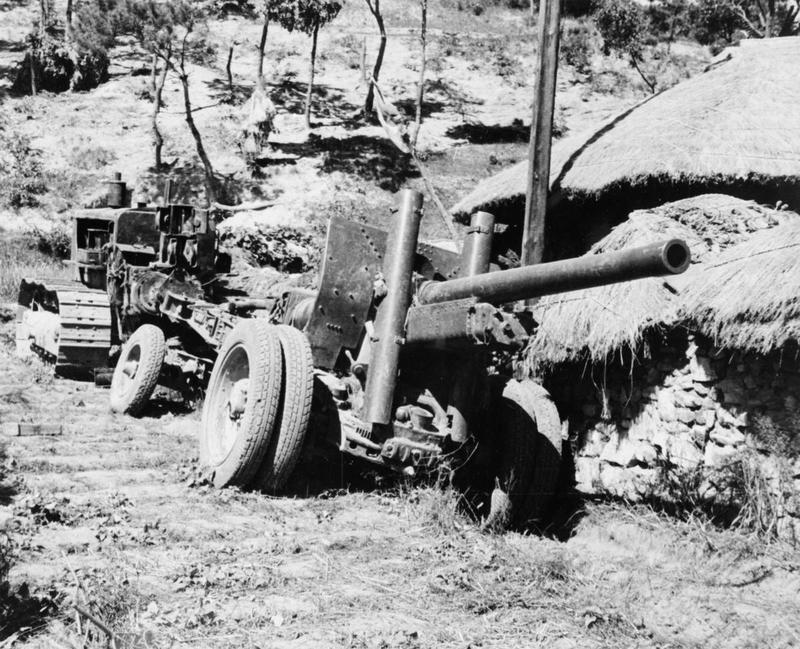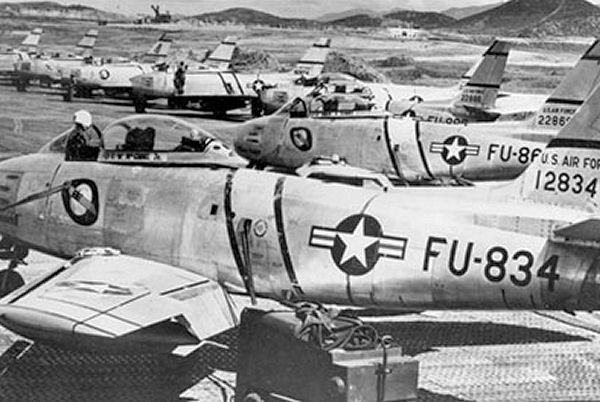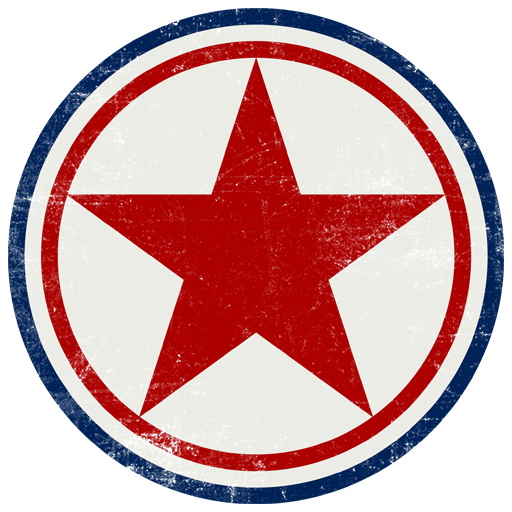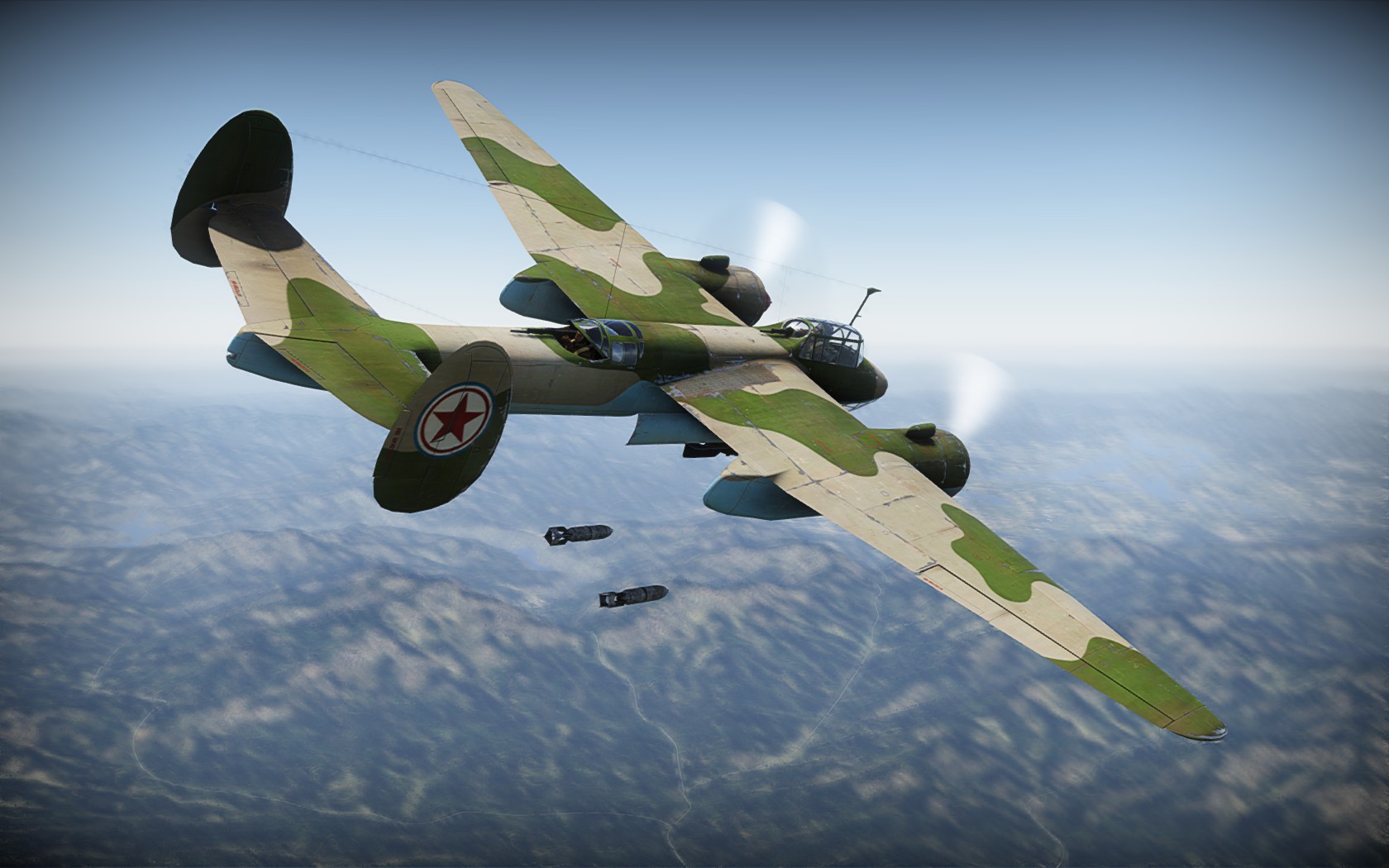
- For PC
- For MAC
- For Linux
- OS: Windows 10 (64 bit)
- Processor: Dual-Core 2.2 GHz
- Memory: 4GB
- Video Card: DirectX 11 level video card: AMD Radeon 77XX / NVIDIA GeForce GTX 660. The minimum supported resolution for the game is 720p.
- Network: Broadband Internet connection
- Hard Drive: 23.1 GB (Minimal client)
- OS: Windows 10/11 (64 bit)
- Processor: Intel Core i5 or Ryzen 5 3600 and better
- Memory: 16 GB and more
- Video Card: DirectX 11 level video card or higher and drivers: Nvidia GeForce 1060 and higher, Radeon RX 570 and higher
- Network: Broadband Internet connection
- Hard Drive: 75.9 GB (Full client)
- OS: Mac OS Big Sur 11.0 or newer
- Processor: Core i5, minimum 2.2GHz (Intel Xeon is not supported)
- Memory: 6 GB
- Video Card: Intel Iris Pro 5200 (Mac), or analog from AMD/Nvidia for Mac. Minimum supported resolution for the game is 720p with Metal support.
- Network: Broadband Internet connection
- Hard Drive: 22.1 GB (Minimal client)
- OS: Mac OS Big Sur 11.0 or newer
- Processor: Core i7 (Intel Xeon is not supported)
- Memory: 8 GB
- Video Card: Radeon Vega II or higher with Metal support.
- Network: Broadband Internet connection
- Hard Drive: 62.2 GB (Full client)
- OS: Most modern 64bit Linux distributions
- Processor: Dual-Core 2.4 GHz
- Memory: 4 GB
- Video Card: NVIDIA 660 with latest proprietary drivers (not older than 6 months) / similar AMD with latest proprietary drivers (not older than 6 months; the minimum supported resolution for the game is 720p) with Vulkan support.
- Network: Broadband Internet connection
- Hard Drive: 22.1 GB (Minimal client)
- OS: Ubuntu 20.04 64bit
- Processor: Intel Core i7
- Memory: 16 GB
- Video Card: NVIDIA 1060 with latest proprietary drivers (not older than 6 months) / similar AMD (Radeon RX 570) with latest proprietary drivers (not older than 6 months) with Vulkan support.
- Network: Broadband Internet connection
- Hard Drive: 62.2 GB (Full client)
After enduring some 69 years of political and military influence and occupation under the Imperial Japanese auspices the People of Korea’s future was now on the 15 August 1945 or Juche 34, firmly in their hands, during the political upheavals of the following years the military of the now divided korea’s began the process of organising for an uncertain future.
 |
| North Korean field gun at the side of the road |
In the years after the occupation and the formation of the Democratic People's Republic of Korea and under the direction of Kim Il-sung the KPAF or Korean Peoples Army Air Force was created based on the locally operated associations the Aviation Association of Korea was formed. The KPAF was formed as a individual unit on the 20th of august 1948.
On the 25th of June, the Korean year of Juche 49 or 1950 for the rest of you, the North Korean People's Air Force (KPAF) is reported to have consisted of some 130 aircraft and a few thousand pilots and ground crew. During the first phase of the war these aircraft were more than a match for the South Korean air units which initially consisted of AT-6’s and small liaison and observation aircraft. This period of grace would however not last long. During the Fatherland Liberation War which we now generally refer to as the Korean war, the air superiority of the KPAF was quickly eroded by the massive airpower deployed by the United States and United Nations air forces.
North Korean aircraft first did battle with US aircraft over the Suwon Airfield on the 27th of june 1950. When North Korean La-7 fighter aircraft raided Kimpo and Suwon Airfields, the USAF aircraft tasked with the area’s defence engaged the enemy in the first air battles of the war. Faced with the overwhelming air power of the USAF, the KPAF would lose six pilots and seven fighters, the US would claim this as the highest number of USAF aerial victories in one day for all of 1950.
 |
| US F-86 on an airbase in Korea |
The KPAF La-7 and IL-10 aircraft were easily outmatched and out numbered by the F-82 Twin Mustang and F-80C Shooting Star aircraft, which were flown by many US pilots with extensive experience during the Pacific war. This imbalance would soon be rectified by the appearance of Pilots from China and Russia, new aircraft were also soon on the way and these aircraft would come as an unwelcome shock to the UN pilots flying against them.
During the Korean Peninsular war of 1950-1953 the KPA would continue to operate air units in the defence of the DPRK, a tradition they uphold to this day. During this war the DPRK would claim the following.
“The KPA killed and captured 1,567,000 including 405,000 US soldiers, destroyed and captured over 12,200 aircrafts, over 560 vessels of different kinds, 3,250 tanks and armored vehicles, 13,000 trucks, 7,695 artillery and other numerous combat equipment. It is 2.3 fold the size of losses suffered by the US in the 4-year¬long Pacific War in the period of the Second World War.” - DPRK official statement.
One question yet remains, So who is History written by if not the Victors?
Aaron “anglomanii” Lentz
The roundel of the North Korean Air Force will be included in one of upcoming updates:





